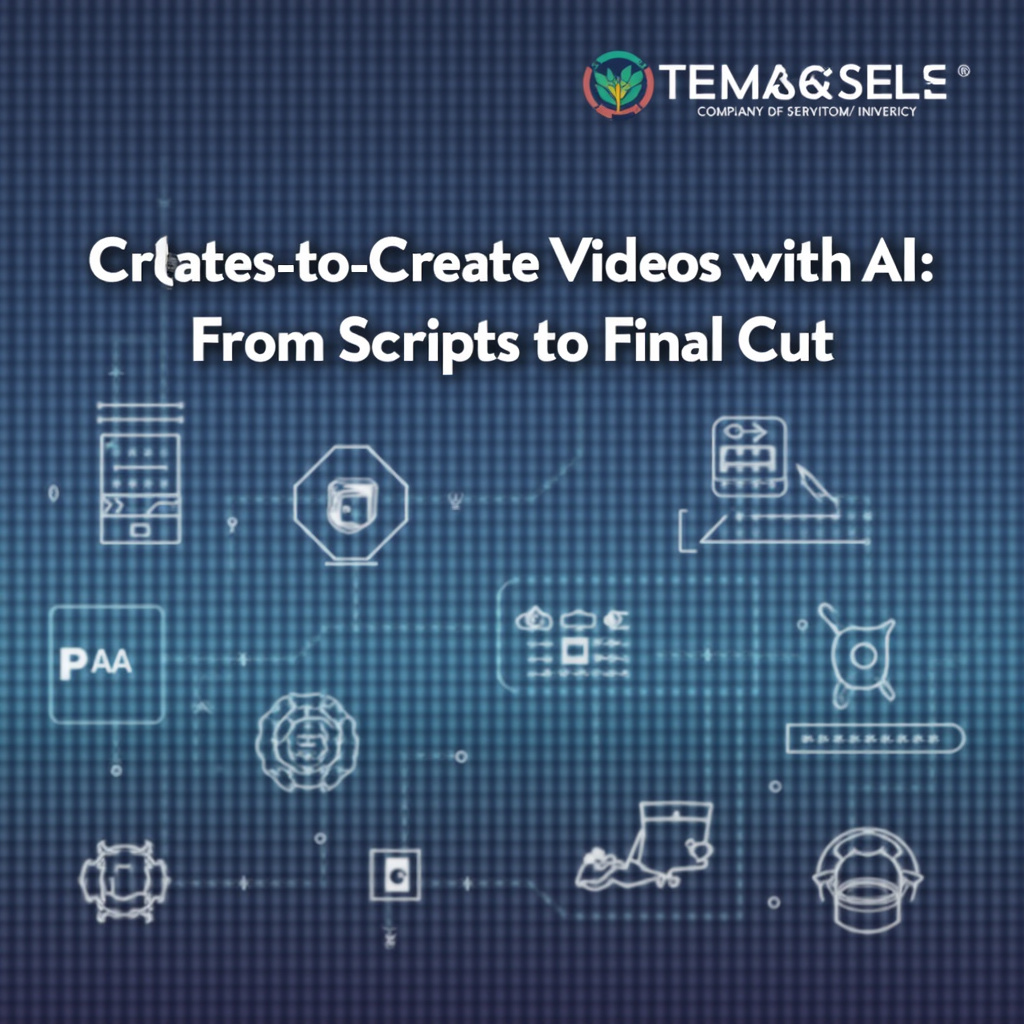Introduction
Creating videos has never been easier, thanks to advancements in artificial intelligence (AI). Whether you’re a beginner looking to make engaging content for social media or a seasoned creator aiming for professional-quality films, AI tools can simplify the process. In this article, we’ll explore how to harness the power of AI to create videos, from writing the script to the final cut.
Step 1: Generating an Engaging Script
The first step in your video creation journey is crafting a compelling script. AI can assist in generating ideas and even writing the script for you. Here’s how:
- Brainstorm Ideas: Use AI tools like ChatGPT or other writing assistants to help brainstorm topics based on current trends or your interests.
- Draft the Script: Once you have a topic, you can ask the AI to draft a script. Provide it with key points you want to cover and let the AI generate a full narrative.
- Edit and Personalize: Review the AI-generated script and personalize it to match your voice and style. This step ensures that your content remains authentic.
Step 2: Storyboarding Your Video
Once you have your script ready, the next step is to visualize your video through storyboarding. AI can help here too:
- Create Visuals: Use AI-based tools like Canva or Storyboard That to create a visual representation of each scene. This helps you organize your thoughts and plan transitions.
- Plan Shots: Decide on camera angles, scenes, and visuals that will accompany your script. AI can suggest layouts and styles that fit your theme.
- Feedback Loop: Share your storyboard with peers or use AI tools to receive feedback on your visual plan.
Step 3: Producing the Video
With your script and storyboard in hand, it’s time to film the video. Here’s how to leverage AI during production:
- AI Video Creators: Platforms like Lumen5 and InVideo can turn your script into a video automatically. You can add images, video clips, and music from their extensive libraries.
- Voiceovers: If you prefer not to use your own voice, AI voice synthesizers like Descript or Replica Studios can generate realistic voiceovers for your script.
- Editing Tools: Use AI-powered editing software like Adobe Premiere Pro, which offers features like auto-reframing and scene edit detection to make the editing process smoother.
Step 4: Finalizing Your Video
The last step is polishing your video before sharing it with the world. AI can assist in this phase as well:
- Enhancing Quality: Use AI tools to enhance video quality, adjust colors, and stabilize shaky footage.
- Adding Music and Effects: Incorporate background music and sound effects using AI-driven platforms that suggest audio based on your video’s mood.
- Final Review: Run your video through AI tools to check for any inconsistencies or areas for improvement before publishing.
Conclusion
Creating videos with AI is a game-changer for anyone looking to produce high-quality content without extensive technical knowledge. From generating scripts to final edits, AI tools can guide you through each step of the process, making video creation accessible and enjoyable for everyone. So why not give it a try? Start your video project today and watch your creativity come to life!




